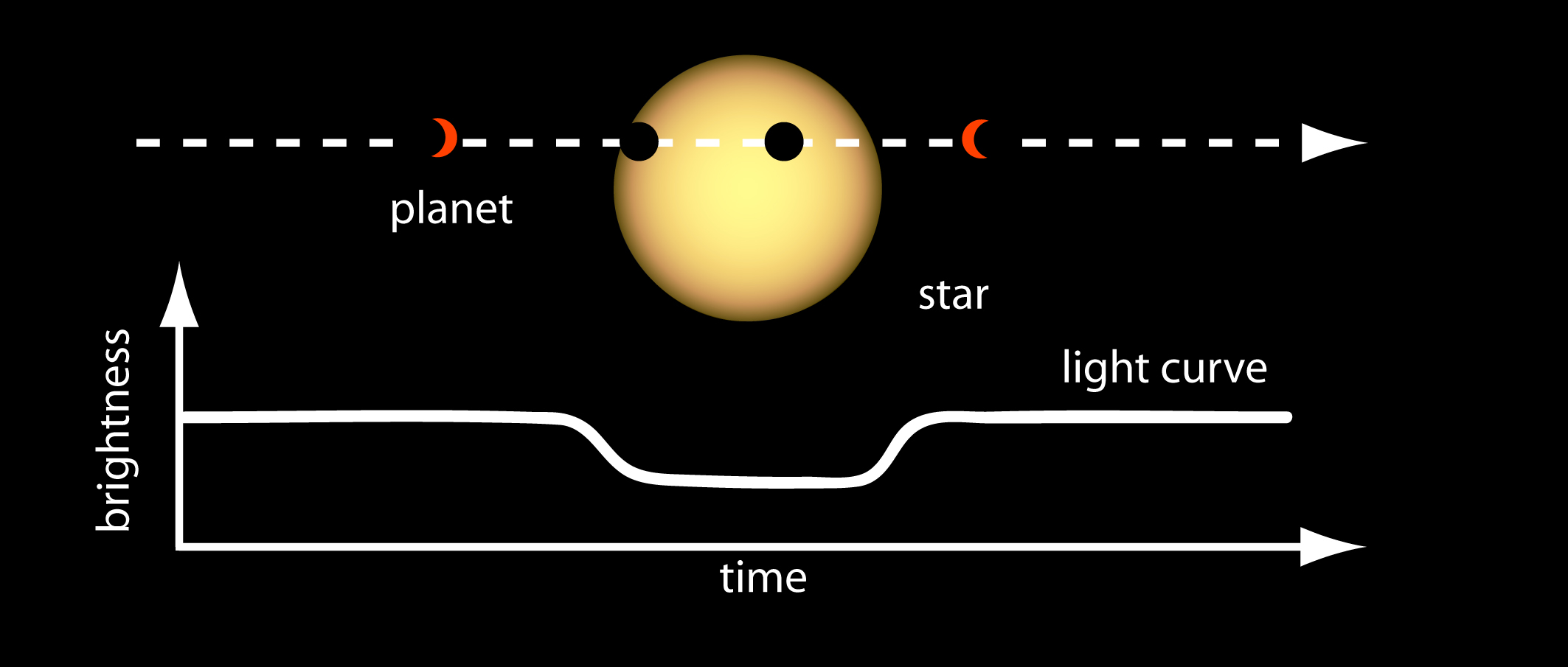It looks like you're using an Ad Blocker.
Please white-list or disable AboveTopSecret.com in your ad-blocking tool.
Thank you.
Some features of ATS will be disabled while you continue to use an ad-blocker.
6
share:

We all love pretty pictures from astrophotography. Well did you know the same DSLR cameras many ATSers have used to create beautiful photos of the sky can also be used to do exoplanet science?
Why should the PhD's have all the fun?
Nothing illustrates the advancement that optics, CCDs and computer technology have undergone over the last 10 years than the fact that your average DSLR if properly outfitted can detect a planet circling a star many light years away using the same techniques employed on NASA's planet hunting Kepler spacecraft!
Excerpt from the Geek.com article: You can detect an exoplanet using a DSLR camera
NASA and other space agencies use telescopes floating in space or spread across arid deserts to spot extrasolar planets orbiting distant stars, but you can do much the same with a DSLR and a few extra bits of equipment. All you need to look for is a brief drop in brightness from a star. This project requires a fair bit of experience with electronics and some basic science, but it’s the same basic technique astronomers are using.
Whereas Kepler could watch a huge number of stars for signs of an exoplanet, the low-tech DSLR method probably won’t be detecting any new planets. The stock 18-55mm lens that comes with most DSLR kits probably won’t be good enough, but a telephoto lens costing a few hundred dollars should be sufficient to zoom in on your target. However, that only shows you a small patch of sky. To make this work, you need to find a star that has a known exoplanet you can observe. In the video above, a planet orbiting HD189733 was used as a test, which is about 63 light years away.
So you have a camera and a 300mm or better telephoto lens, now what? You can’t just point the camera skyward and snap photos. Even a tripod isn’t good enough. The camera’s field of view needs to track the stars across the sky as the Earth rotates. Otherwise your exposures will be blurred and unusable. There are motorized star trackers you can attach a camera to in order to get clear images, but they’re rather expensive–a few hundred dollars, and you won’t get much use out of them unless you’re into astrophotography. You can build your own version called a barn door tracker with some plywood, an Arduino, a stepper motor, and a few assorted bits of hardware.
Once you get everything put together, you need to identify a candidate star like HD189733 hosting an exoplanet with a known orbital period. When the time arrives, start snapping photos and export them to a computer. Using any number of programs, you can measure the apparent brightness of the star over time. When the transit stars, the brightness dips, When it’s over, brightness returns to normal.
Congratulations, you just detected an exoplanet with a digital camera. A few decades ago, that would have earned you a Nobel Prize. Now it will only win you the admiration of your nerdier peers.
Don't have a DSLR but still want to help discover exoplanets?
Check out and join PlanetHunters.org:
They were the group who found the "Tatooine" planet in Kepler data.
edit on 1-12-2014 by JadeStar because: (no reason given)
new topics
-
Geddy Lee in Conversation with Alex Lifeson - My Effin’ Life
People: 1 hours ago -
God lived as a Devil Dog.
Short Stories: 1 hours ago -
Happy St George's day you bigots!
Breaking Alternative News: 2 hours ago -
TLDR post about ATS and why I love it and hope we all stay together somewhere
General Chit Chat: 3 hours ago -
Hate makes for strange bedfellows
US Political Madness: 5 hours ago -
Who guards the guards
US Political Madness: 8 hours ago -
Has Tesla manipulated data logs to cover up auto pilot crash?
Automotive Discussion: 10 hours ago
6
